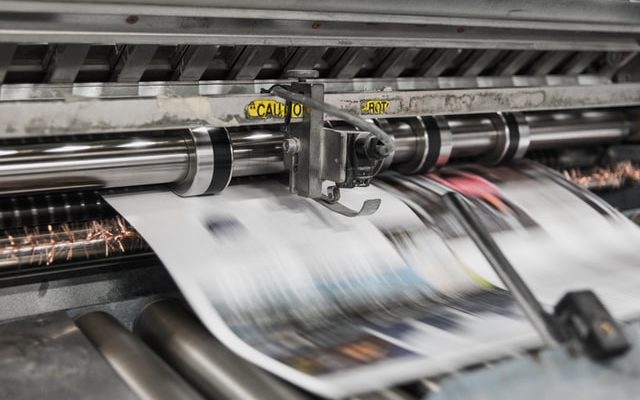UK newspaper and magazine publisher Archant is asking subscribers to its regional Life series of magazines to sign up for their digital editions rather than receive the publications in print. The move is just the latest example of the publishing industry’s long, steady transition to digital.
What happened?
- Early in March, the UK’s industry news weekly Press Gazette reported seeing a draft letter to subscribers of the regional publisher’s 20 county Life magazines. It asked if they would consider receiving the May issues via the magazine’s app rather than in print.
- The reader communication was clear that subscribers would not be made to choose digital over print. Instead it presented the “eco subscription” alternative as an opportunity to “save paper”. This was said to be in line with feedback from the company’s audience that suggested they should do more for the environment.
- The company has described the initiative as part of a plan to bring the business to net zero-emissions. But with other publishers warning of potential staff cuts in the face of rising distribution, energy and newsprint costs, there has been speculation around the underlying factors.
Digital future
Whatever the real reasons for Archant’s bid to get readers switching to app editions, publishing’s trajectory away from print and towards digital is beyond dispute – the shift started years ago and continues unabated.
- Just last month, US magazine giant Dotdash Meredith announced that it would be closing the print editions of six of its most recognisable titles. The closures included the iconic Entertainment Weekly, which has a circulation of 1.8 million.
- CEO Neil Vogel said at the time that print remains core to Dotdash Meredith. Writing about the inexorable shift to digital, MediaPost columnist Tony Silber said that most of the media executives who trumpet the future of print are methodically ‘shifting their centers of gravity’ to digital. He said:
In my view, observations about print’s rosy future are just well-intentioned wishful thinking. They’re PR-based air cover for later decisions that will surely come.
Print future
None of this is to say that print will disappear completely; publishers will continue to produce print editions as long as they work for them. Making the Dotdash Meredith announcement, Vogel said:
It is not news to anyone that there has been a pronounced shift in readership and advertising from print to digital… for a few important brands, print is no longer serving the brand’s core purpose.
Reflecting on that statement Silber wonders, if print doesn’t work for some brands, how can it work for others? For him, great magazine-media brands no longer need a print component. He points to the top 20 news destinations online – only five are associated with a print brand.
There is no question that growth for the publishing industry lies in digital. As Silber points out, when the cost exceeds the value gained, print frequency will drop or print editions will disappear altogether.
Publishing’s transition to digital is one of the few constants in the 21st century. Print will find a place, but as a niche product, in specialist content markets or as a luxury lean-back treat away from too much screen time.









